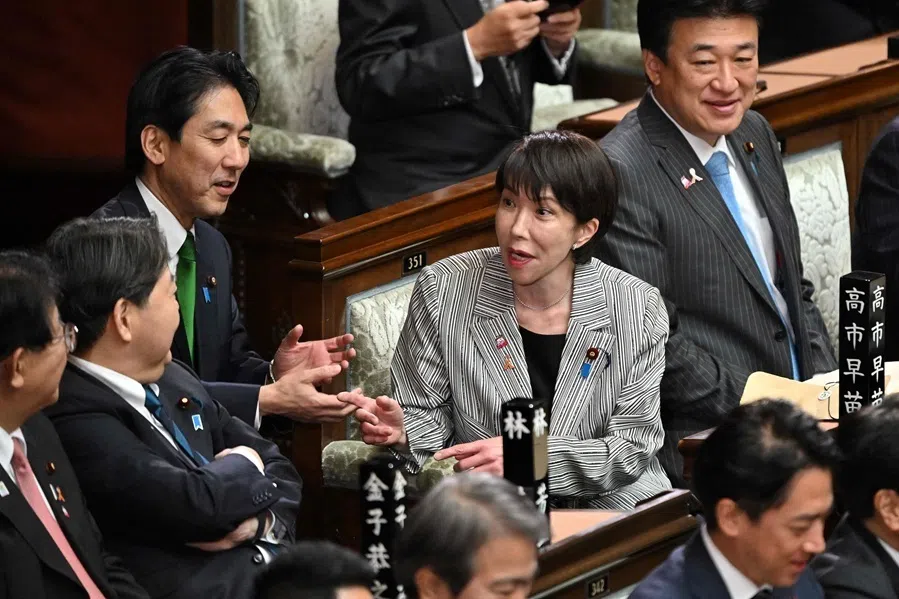Why Shenzhen's plan to transform 'urban villages' is causing distress
Urban villages are a historical product of Shenzhen's urbanisation process. Today, local governments may have good intentions in implementing "centralised leasing" (统租) and upgrading work, but existing tenants may feel they are being shortchanged. Daryl Lim looks into the matter.
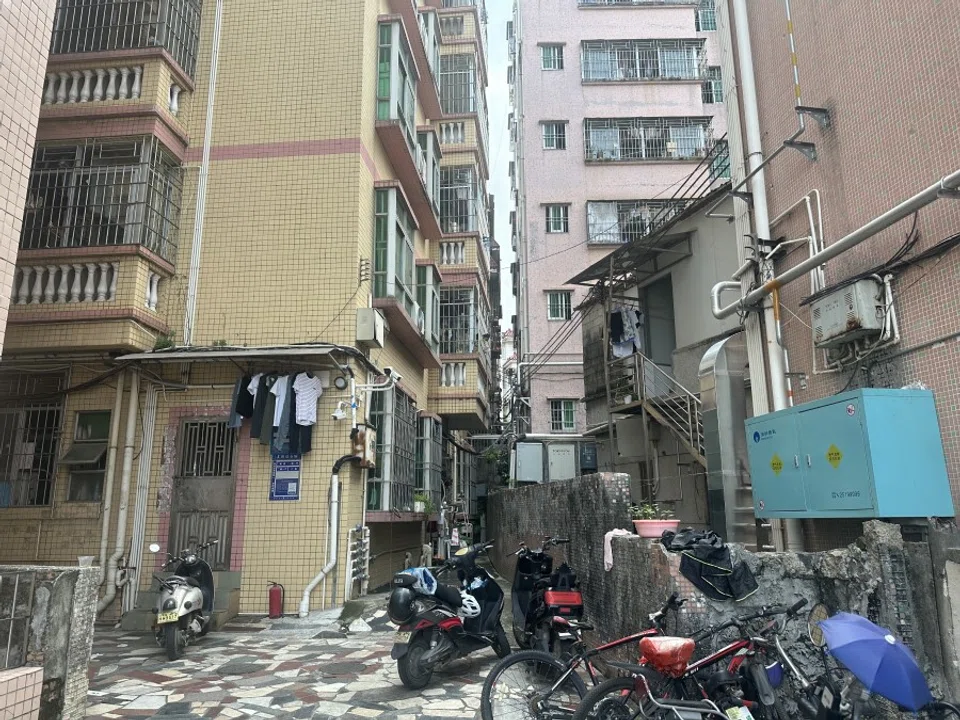
(Photos: Daryl Lim/SPH Media)
An urban village in Shenzhen was put under "centralised leasing" (统租) in mid-May. This is when state-owned enterprises rent all the apartments in the village, retrofitting the units and upgrading the facilities before relaunching the estate as public housing rentals.
As a result, some landlords are forcing their tenants to move out within a month or so, causing much uproar.
Forced to move
Thousands of tenants call the village of Baimang in Shenzhen's Nanshan district home. But in mid-May, they started getting eviction notices telling them that government-run centralised leasing would soon start and they had to move out by the end of June.
The tenants were frustrated by the news, lamenting that it would be impossible to find other housing at the same rent on such short notice. They worried that the rent at their current place would shoot up after the retrofitting, and that they would have problems arranging schools for their children.
Hoping to assuage these fears, the authorities assured that in principle, rental rates would not increase after the retrofitting. The department handling Baimang's upgrading work also announced that it had scaled back on signing contracts with landlords, helping to put the matter to rest.
Rental housing issues
When I visited Baimang in mid-June, the publicity slogans and notices promoting centralised leasing and retrofitting were already taken down. But phrases like "moving out" and "rents" still hung on the lips of the villagers.
Baimang's centralised leasing dispute reflects the complex and unique circumstances of urban villages in Shenzhen...
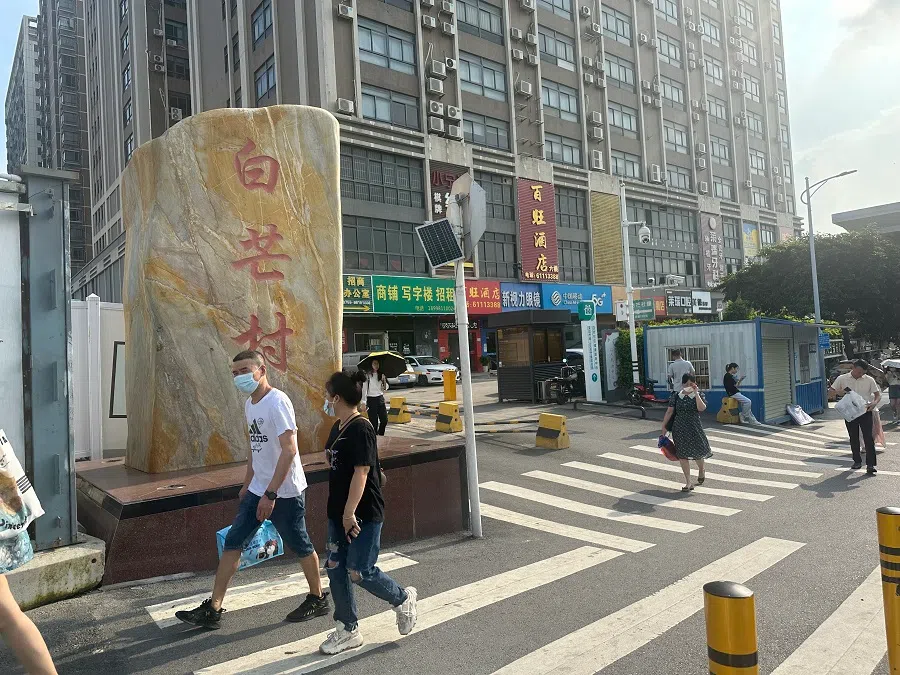
Zhou, who has lived in Baimang for over two decades, told me that his landlord asked him to move out before 10 July after signing a contract with a centralised leasing firm.
He sighed, "Rents in Baimang are among the lowest in Nanshan district. We still haven't found a place but the rents of housing nearby have shot up because of the centralised leasing project. In the worst-case scenario, we'll leave Shenzhen and return to our hometown."
Baimang's centralised leasing dispute reflects the complex and unique circumstances of urban villages in Shenzhen, as well as the hard time faced by the authorities in promoting the retrofitting of subsidised public rental housing.
There are about 5.8 million housing units in Shenzhen's urban villages, of which over 80% are rented out, catering for an estimated 10 million people. Centralised leasing and retrofitting are part of the local government's efforts to provide subsidised public rental housing. The Guangdong provincial government aims to build 740,000 units of rental housing - out of which 600,000 would be subsidised - by 2025 to resolve local housing difficulties.
"The semester had already started, and the children of those asked to move out could not transfer to another school..." - Mary Ann O'Donnell, American anthropologist
Policy versus actual needs
American anthropologist Mary Ann O'Donnell, who has been living in Shenzhen for 28 years and studies Shenzhen's urban villages, told Zaobao that Baimang's centralised leasing project drew such a backlash because the timing of the project was extremely awkward for families with school-going children. "The semester had already started, and the children of those asked to move out could not transfer to another school. Besides, students had to take their final exams at the end of June," she explained.

Song Ding, a researcher at China (Shenzhen) Development Institute, told Zaobao that the government had been a little "over-zealous" in its handling of the Baimang centralised leasing project, failing to communicate the plans well with the tenants; some tactics and strategies were questionable as well. "Such moves made it seem like the government was forcing ordinary folk to give up their housing units at a low price, only to raise rents after the retrofitting - in other words, competing with the people for profit," he said.
He believes that the government's approach is too one-size-fits-all. He added, "The entire process is very crude and unrefined, without the elements of humane management." Such a management style is unlikely to be accepted in Shenzhen, where the market economy rules.
O'Donnell said no one would deny the government's intention to improve people's living environment through centralised leasing and retrofitting, but the situation highlights the disconnect between policy and the actual needs of the people. She said, "Objectively, neither side is wrong. But the key lies in which side holds the ultimate power and whose voice can be heard more."
Urban villages past and present
Urban villages are a historical product of Shenzhen's urbanisation process. In the early stages of China's reform and opening up, the government reclaimed large areas of farmland from local villagers and set new village boundaries based on these lands, forming the urban villages that we see today.
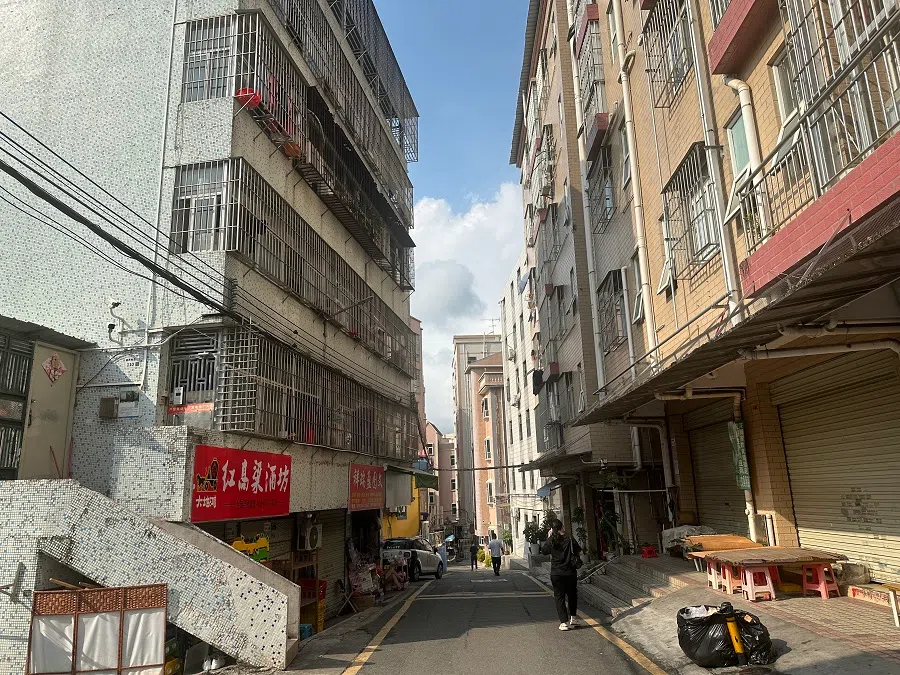
As a special economic zone, Shenzhen's preferential policies have attracted a large number of large enterprises, leading to an influx of migrant workers and laying the foundation for the local rental market. Driven by economic interests, the original residents of urban villages began to maximise the expansion of their own houses for rental purposes.
"... if Shenzhen had always been an exclusive place, there wouldn't have been the first wave of entrepreneurs coming here." - Architectural designer He Quanxing
He Quanxing, an architectural designer at Maibo Design and Consulting Company (迈博设计咨询公司), believes that urban villages play a crucial role in Shenzhen's development. He explains that most urban villages in Shenzhen are located in the central areas of the city and have convenient public services, providing convenient and low-cost accommodation for middle- and low-income workers, young entrepreneurs, and new immigrants.
He said: "These spaces inject more vitality into Shenzhen and drive the city's economic development. Just imagine, if Shenzhen had always been an exclusive place, there wouldn't have been the first wave of entrepreneurs coming here."
Shenzhen's local government began collaborating with developers over 20 years ago to rebuild and transform the urban villages. However, due to the complex interests in the project, the demolition process has been difficult, with only a few successful cases.
From large-scale demolition and reconstruction to extensive renovation
Over the past five years, the Shenzhen government has shifted its approach from large-scale demolition and reconstruction to extensive renovation, focusing on the upgrading of existing buildings.
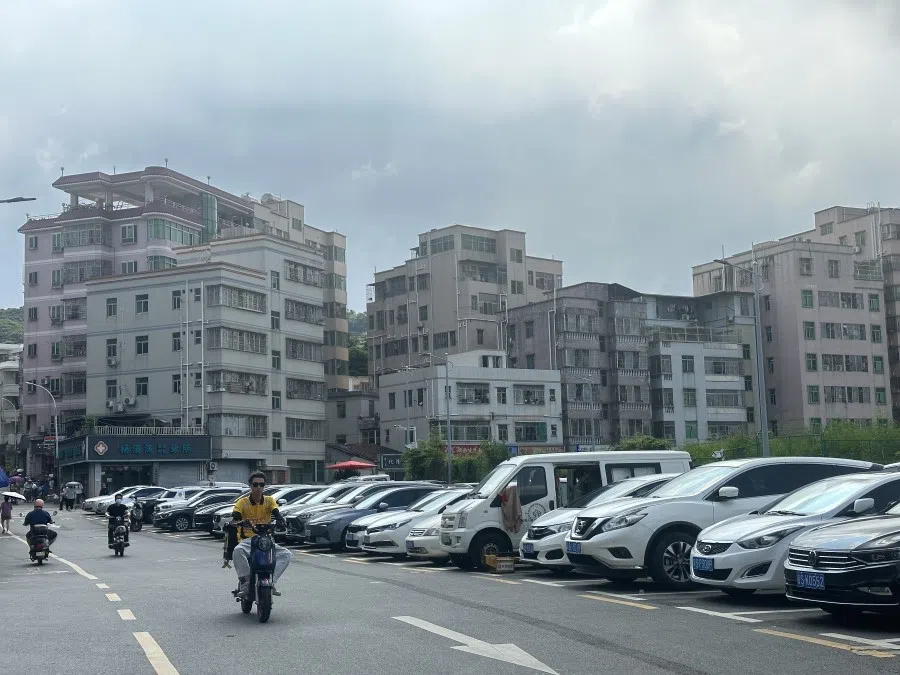
He Quanxing said that given limited land and high housing prices, it seems inevitable for the government to focus its attention on retrofitting dense urban villages. He believes that the key to the success of the plan lies in how the authorities can use innovation to renovate old houses, while ensuring that the rights and interests of all parties are reasonably protected through effective negotiations.
Citizens will be able to rent relatively stable-priced houses under the centralised model, without having to face arbitrary rent increases from landlords every year.
Furthermore, compared to large-scale demolition, this extensive renovation model can reduce unnecessary waste from demolition and avoid erasing the collective memory of urban villages in Shenzhen's history and in people's minds.
While Song Ding feels there is room for improvement in the government's handling of Baimang's centralised leasing model, he also foresees that under the government-led retrofitting and centralised leasing plan, future urban villages will have more efficient housing functions and grassroots governance models, and safety issues such as sanitation and fire protection will also be improved. Citizens will be able to rent relatively stable-priced houses under the centralised model, without having to face arbitrary rent increases from landlords every year.
This article was first published in Lianhe Zaobao as "深圳城中村"统租"引争议 保障性住房改造受挑战".
Related: Relocation, Relocation, Relocation: Who wants to be a Chinese millionaire | Governing modern Chinese villages is a big challenge | Chinese villages' failed toilet revolution, clogged ponds and dangerous roads | Huaxi Village: The rise and fall of the "richest village in China" | Liu Thai Ker and Ke Huanzhang: Urban planners are servants of the city





